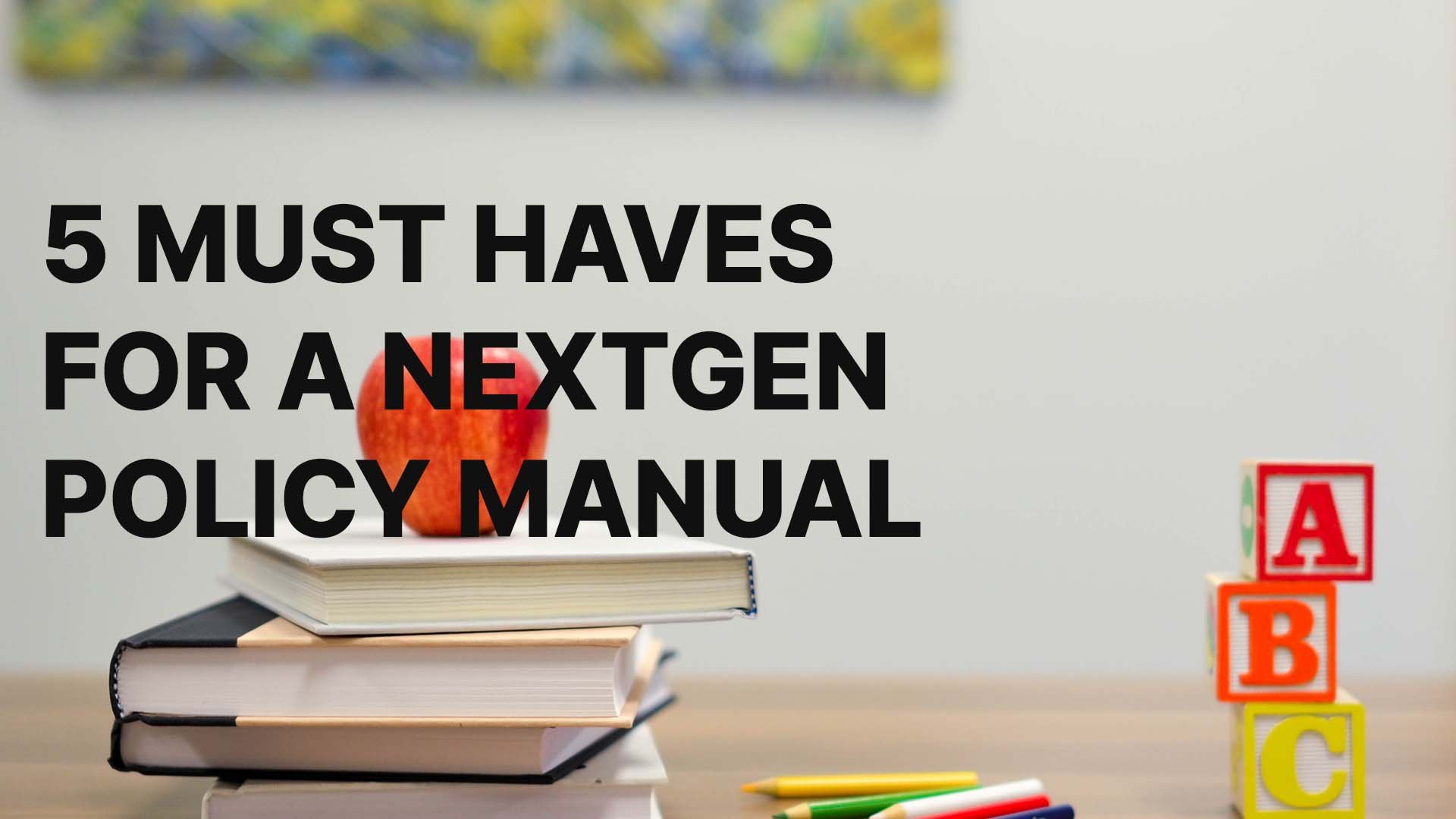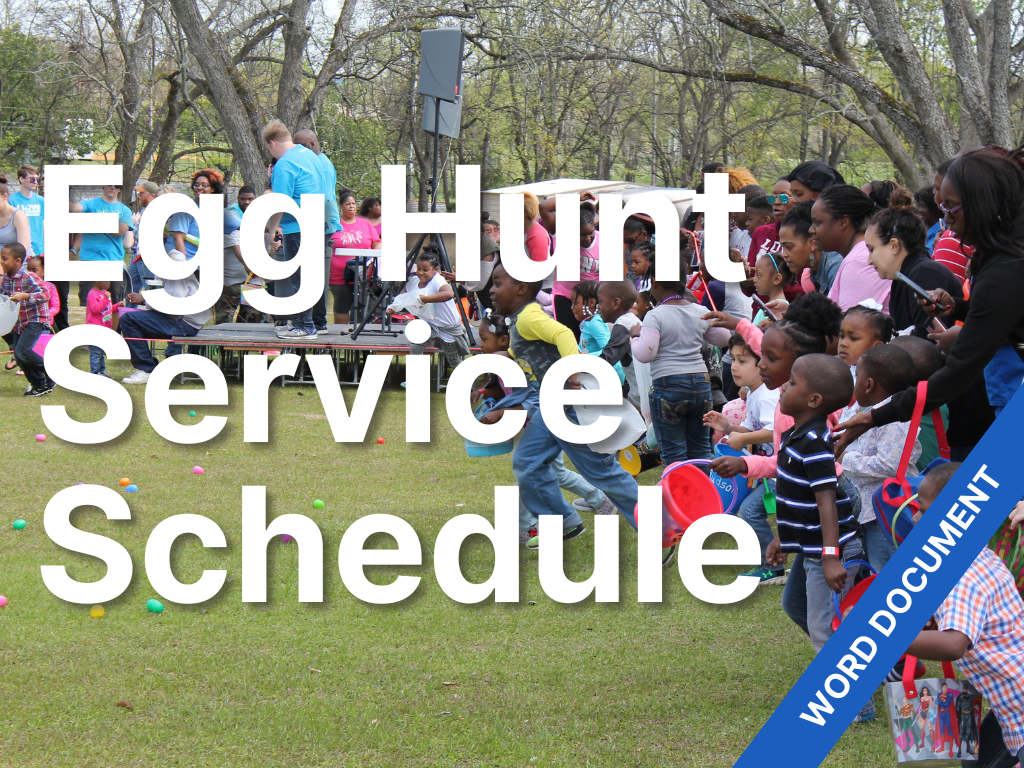5 Must Haves for a NextGen Policy Manual
Photo by Element5 Digital on Unsplash
A little talked about, but vital document in your ministry is a policy and procedure manual. The manual answers a lot of questions for volunteers and clearly defines your thinking on multiple situations.
While your church may have its own policy manual that addresses your ministry specifically, many times these are incomplete when it comes to NextGen. In my experience, they’ll address room ratios and background checks, but not other problems such as fire drills, dress codes, meeting attendance and more.
This is why I suggest every NextGen ministry have its own policy and procedure manual. It needs to agree with the main church manual, but it can be more specifically tailored to your ministry.
However, just having the manual and sticking it in a drawer is not enough. You need to keep it top of mind for yourself and your volunteers. My first volunteer training and orientation for new volunteers uses the manual as a guide. This gets everyone on the same page and is way more engaging than giving them a 20-page document to read. That feels too much like homework.
However you create your policy and procedure manual, there are 5 must haves to be complete.
If you’d like a copy of my manual leave me a comment with your email and I’ll be happy to share it.
5 Must Haves for a NextGen Policy Manual
1. Mission/Vision
While your church has a mission and vision, it may not directly translate to kids/students. If this is the case, you can come up with your own. But it needs to agree with the overall mission/vision of the house. You’re not building your own fiefdom. You don’t want to go off in a different direction than the rest of the ministry.
That said, spend the first few sections talking about what it means to work in your ministry and your overall goals.
For instance, my goal is to create 4 connections for kids throughout their time in my ministry, connect to God, the Bible, each other, and the community. All our events and programs are lined up with at least one if not more of those connections.
My volunteers needed to know that. And it helped with difficult conversations when volunteers brought me new ideas, or we were trying something new. The connections serve as justification for why we can or can’t do something.
In addition to mission/vision, use this space to talk about your values as a ministry. You want volunteers who agree with them and leaders who live them. Creating alignment here protects you in the future.
2. Volunteer requirements
This is where the whole church policy manual is usually lacking. It may have general requirements for volunteers, but working with minors requires more than being a member or attending a discipleship class.
This is where you put in the requirements for background checks, how they should dress when they arrive, what meeting or training they need to attend, how much of a commitment they’re making to your ministry, etc.
This is also a great place to talk about communication between the volunteers and the leadership. Do they need to call, text or email? Can they post on your Instagram story? Can you post on theirs? Your goal is to answer as many questions as possible so you’re not having to make it up on the fly or repeat yourself ad nauseum.
A common question from volunteers is, “What do they need to do when they can’t make their serve time?” Do they call you? Do they get a sub? Make sure you have a paragraph answering these kinds of questions and remind your volunteers often.
3. Safety procedures
This section takes up over a third of my manual. It covers a whole host of topics like child registration and check-in, first aid, lost child procedures, in case of fire or lockdown and so much more.
This is the time to talk about security tags, tell them where the first aid kits are, how to fill out an incident report, and where to go in emergencies.
In addition, you’re most likely a mandatory reporter in cases of abuse, but the volunteers may not be. You need to know what your state requires and put it in the manual.
I spend a good amount of time teaching volunteers what to look for in several categories of abuse and how to properly report it to me. Hopefully, they’ll never have to follow them, but with the number of abuse cases that are out there, there’s a good chance you’ll have at least one.
4. Volunteer interactions with students
While the safety procedures talk about protecting our kids, this section protects the volunteers. Many of your volunteers may have never worked with kids outside their own and don’t understand classroom management or the importance of the “side-hug.”
This is the section where I put my rules and consequences and talk about how to deal with unruly kids. As much as we want to believe our kids are little angels, sometimes we get that one who drives us nuts. Volunteers need to be aware of this reality and be prepared for it.
Also, this section establishes the rule of two in each room and talks about appropriate sharing and touching with students. These kinds of conversations can get uncomfortable, but they need to be addressed now to save yourself from a world of hurt should something go wrong down the road.
5. Leading kids to milestones
We get into this gig because we want to see kids come to Christ and follow him. As much as your volunteers may never have worked with kids before, they may have never led someone to Christ.
My final section gives step by step instructions for leading a child to Christ, how to rededicate themselves and how to receive the baptism in the Holy Spirit.
Not only does this give them the words to say, but it sets expectations for their service.
Your policy manual doesn’t have to be robust, but it does need to answer the basic questions every person serving in your ministry is going to ask. Spend some time thinking and writing down questions that you know volunteers are going to ask. Then come up with the answer and put it in your manual.
Once you’ve completed the manual, you’re not done. Make sure you make it available to your volunteers and train them on it. Also, plan on going back to it at least once a year to adjust. You may not have covered everything and need to answer more questions. (Also, typos)
Finally, ask other leaders for their input or ask other ministries to see theirs. My manual is Frankenstein’s monster of several different ministry manuals. Other people have different perspectives or better ways of saying things than you may have. It’ll help a lot.
If you’d like a copy of my manual, you can download it here.
This downloadable manual will help you develop and deploy your own policy and procedure manual for your ministry.





This kit gives you a kids registration card, check-in procedures, and a guest letter for parents. All of the documents use word except the registration card, which uses Photoshop.